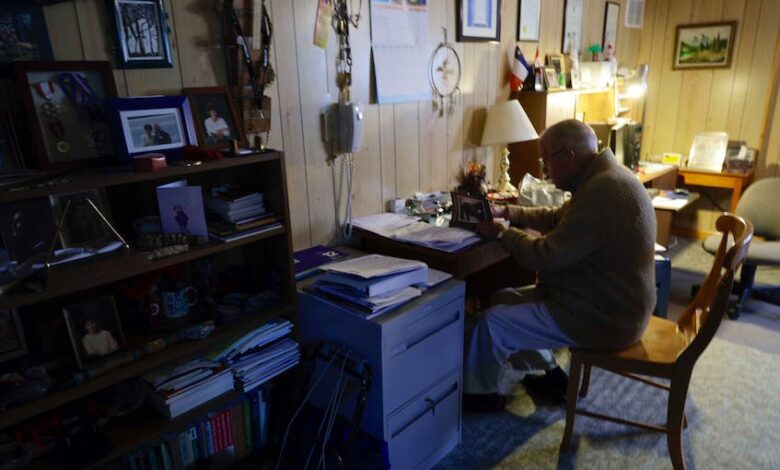How Daniel Paul changed history

80 years ago, Daniel Paul lived with his mother in a farmhouse in Noel.
Sarah Agnes had taken him on her journey to beg the Indian agent for extra rations for the 14 children she had to feed.
“He made her wait there for three hours,” Paul told The Chronicle Herald for an interview about leadership two years ago.
“I remember it like it was yesterday, saying to myself, no asshole like you will ever do this to me.”
That four-year-old boy was a future author, justice of the peace, executive director, newspaper editor, human rights lawyer, and a member of both the Order of Canada and the Order of Nova Scotia.
Paul died Tuesday morning at the age of 84 after a battle with cancer.
Among those who knew him and his work, Paul is credited with forcing Nova Scotians to do the uncomfortable work of coming to terms with what actually happened here in the 16th and 17th centuries.
“The thing about his book (We Were Not the Savages) is nobody said that,” Mi’kmaw artist Alan Syliboy said Wednesday.
“There was no voice until he recorded that. After that it just grew and grew with time.
When Syliboy went to school, he was taught the same version of history as Paul – that pre-contact the Mi’kmaw were a disparate hunter-gatherer people.
School textbooks paid little attention to the Mi’kmaq, focusing instead on the battle between the English and the French in the new world they were carving out in the wilderness.
Well into a career that saw him found and publish the Mikmaq/Maliseet Nations News, establish the Micmacs mainland Confederation, and serve as its executive director, Paul adopted this view of history.

He began research in 1985 and dug deep into all existing primary records and documents of the time for his 1993 history We Were Not the Savages.
It showed that the Mi’kmaq had pre-European contact with a society of complex social, political, trade and military institutions. How they resisted the European invasion of their territory through a century and a half of war, forging trade alliances and mutual defense.
Digging through letters and official documents from the British and French, he was able to show how the latter two groups repeatedly violated their own treaties.
“To promote the truth you have to have the proof of the pudding – you can’t make things up and you can’t successfully rely on things you can’t prove,” Paul said during the 2021 interview.
“There was no voice until he recorded that. After that it just grew and grew with time.
-Alan Syliboy
“When I decided to do something about Edward Cornwallis in 1985, if you asked the people of Nova Scotia, ‘Would they consider removing his statue and renaming parks and streets?’ the answer would have been a definite ‘no’. To get to that point, they had to be trained over a long period of time. This is how you achieve your goals. You present the truth and over a long period of time you can get enough people to accept the truth.”
In its fourth edition, We Were Not the Savages is celebrated as one of the few pieces of First Nations written historical research whose effects are comparable to Bury My Heart at Wounded Knee.
For Syliboy, Paul was a torchbearer.
“There are many who have been inspired by him who are taking up that torch and carrying it on,” said Syliboy.
“But he was the one who broke the path. And we are grateful to him for that.”






